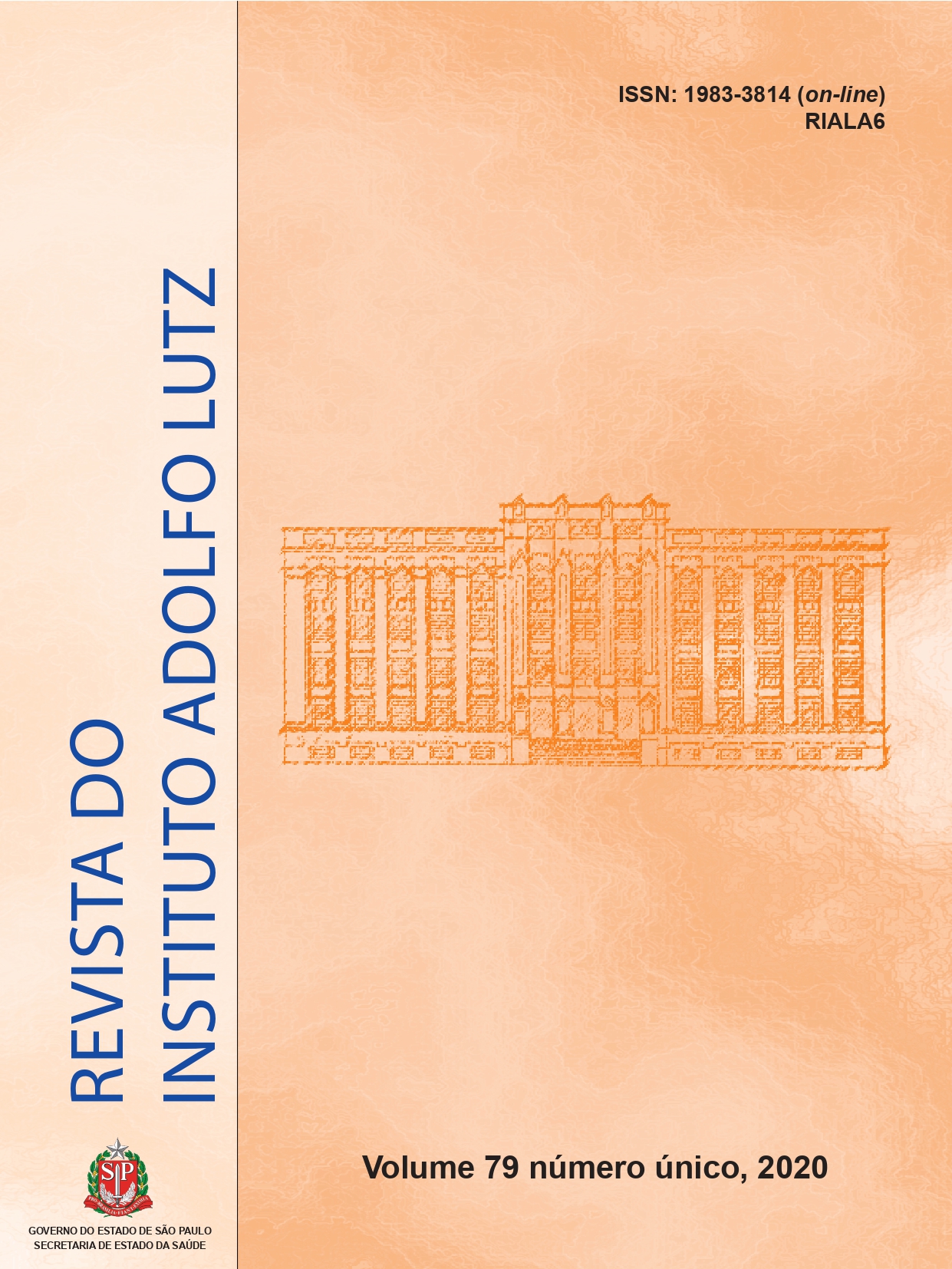Abstract
With the goal of producing gluten-free bread with improved chemical composition and good
sensorial quality, three formulations were prepared with different amounts of okra mucilage: (F0)
0 mL; (F1) 100 mL; (F2) 150 mL. From this was determined: mucilage yield, centesimal composition,
caloric value and sensory attributes of bread by hedonic scale. Mucilage increased the yield of F1
and F2. There was no difference in protein content and the lipid content of 7.9 g 100 g-1 (F1) and
6.0 g 100 g-1 (F2) were lower than that of F0. The moisture content of F1 (32.15 g 100 g-1) was lower
than the other formulations, while ash (0.70 g 100 g-1), carbohydrate (56.75 g 100 g-1) and caloric
value (308,1 kcal 100 g-1) were higher. In the sensory test, attributes were rated in the categories
“liked slightly” and “liked extremely” by most judges. F1 scored higher than F2 for texture, color
and overall impression and did not differ in any of the attributes at F0. It can be concluded that F1
may be a viable option in the search for gluten-free bread with improved chemical composition,
as it contains lower lipid and moisture content, higher ash content and good sensory acceptance.
References
of gluten sensitivity. Nat Rev Gastroenterol
Hepatol. 2012;9(5):295-9. https://doi.org/10.1038/
nrgastro.2012.15
2. Gibert A, Espadaler M, Canela MA, Sánchez A,
Vaqué C, Rafecas M. Consumption of gluten-free
products: should be the threshold value for trace
amounts of gluten be at 20, 100 or 200 p.p.m.? Eur J
Gastroenterol Hepatol. 2006;18(11):1187-95. https://
dx.doi.org/10.1097/01.meg.0000236884.21343.e4
3. Leite EA, Camilo Júnior MS, Leite RS, Caldas
TCL, Silva SC. A importância de uma alimentação
equilibrada para a pessoa com autismo. Rev Campo
do Saber. 2017;3(3):20.
4. Gobbetti M, Rizzello CG, Di Cagno R, De Angelis
M. Sordough lactobacilli and celiac disease. Food
Microbiol. 2007;24(2):187-96. https://dx.doi.org/
10.1016/j.fm.2006.07.014
5. Morais MB, Silva GAP. Environmental
enteric dysfunction and growth. J Pediatr.
2019;95(Suppl 1):85-94. https://dx.doi.org/10.1016/
j.jped.2018.11.004
6. Resende PVG, Silva NLM, Schettino GCM, Liu PMF.
Doenças relacionadas ao glúten. Rev Med Minas
Gerais. 2017;27(Supl 3):51-8. https://dx.doi.org/
10.5935/2238-3182.20170030
7. Blomfeldt TO, Kuktaite R, Johansson E, Hedenqvist MS.
Mechanical properties and network structure of wheat
gluten foams. Biomacromolecules. 2011;12(5):1707-15.
https://doi.org/10.1021/bm200067f
8. Ahiakpa JK, Amoatey HM, Amenorpe G, Apatey J,
Ayeh EA, Quartey EK et al. Mucilage content of 21
accessions of Okra (Abelmoschus spp L.). Sci. Agric.
2014;2(2):96-101. https://dx.doi.org/10.15192/
PSCP.SA.2014.2.2.96101
9. Gemede HF, Haki GD, Beyene F, Rakshit SK,
Woldegiorgis AZ. Indigenous Ethiopian okra
(Abelmoschus esculentus) mucilage: A novel ingredient
with functional and antioxidant properties. Food Sci
Nutr. 2018;6(3):563-71. https://doi.org/10.1002/fsn3.596
10. Sinha P, Ubaidulla U, Nayak AK. Okra (Hibiscus
esculentus) gum-alginate blend mucoadhesive
beads for controlled glibenclamide release. Int J
Biol Macromol. 2015;72:1069-75. https://doi.org/
10.1016/j.ijbiomac.2014.10.002
11. Official Methods of Analysis - AOAC (Washington -
EUA). Association of Official Analytical
Chemists. 19.ed. Gaithersburg (Maryland): AOAC
International; 2012.
12. Merril AL, Watt BK. Energy value of foods:
basisand derivation.Washington (DC): United
States Department of Agriculture; 1973.
13. Stone H, Sidel JL. Sensory Evaluation Practices. 2. ed.
London: Academic Press; 1993.
14. Ministério da Saúde (BR). Agência Nacional de
Vigilância Sanitária. Resolução RDC nº 90, de 18
de outubro de 2000. Aprova o regulamento técnico
para fixação de identidade e qualidade de pão. Diário
Oficial da União. Brasília, DF, 20 out 2000.
15. Ministério da Saúde (BR). Agência Nacional de
Vigilância Sanitária. Resolução RDC nº 359, de 23
de dezembro de 2003. Aprova regulamento técnico
de porções de alimentos embalados para fins de
rotulagem nutricional. Diário Oficial da União.
Brasília, DF, 26 dez 2003. Disponível em: http://
bvsms.saude.gov.br/bvs/saudelegis/anvisa/2003/
rdc0359_23_12_2003.html

This work is licensed under a Creative Commons Attribution 4.0 International License.
Copyright (c) 2020 Revista do Instituto Adolfo Lutz
